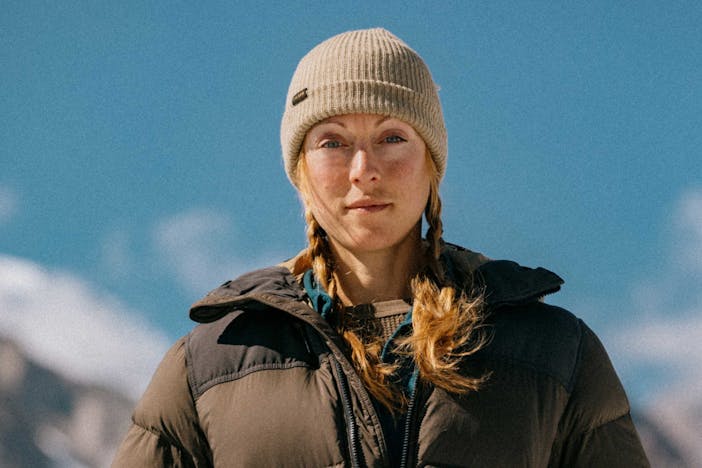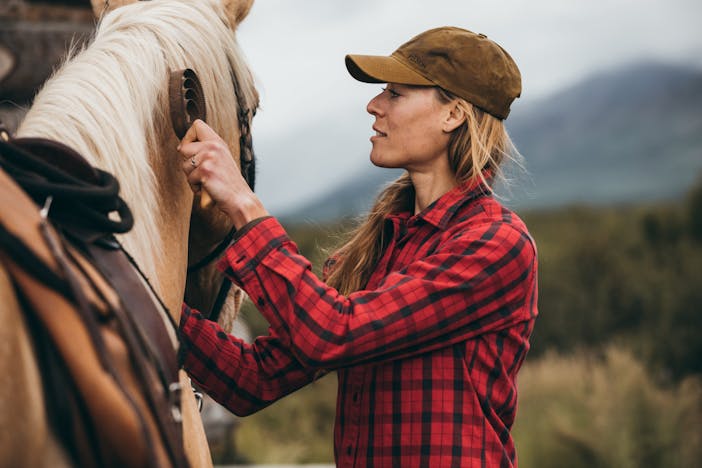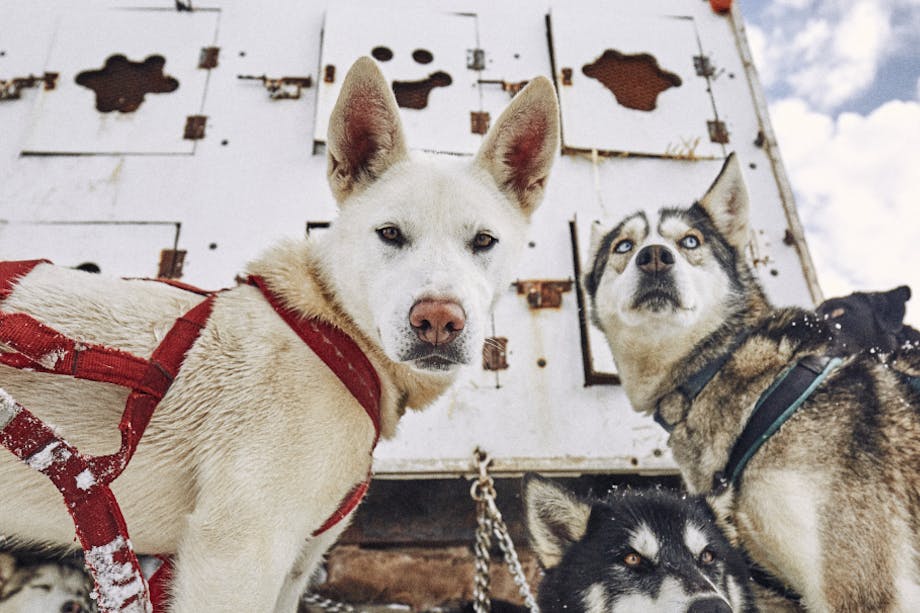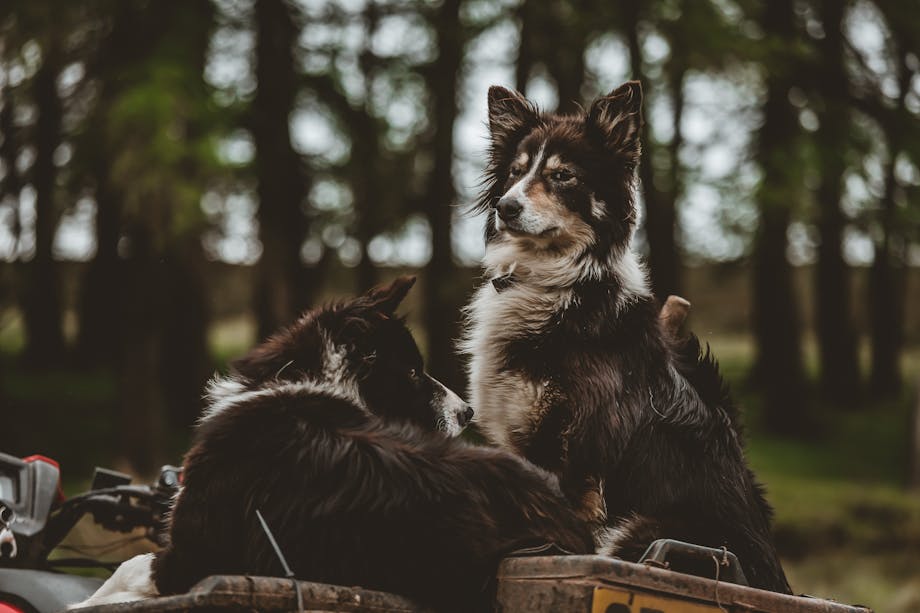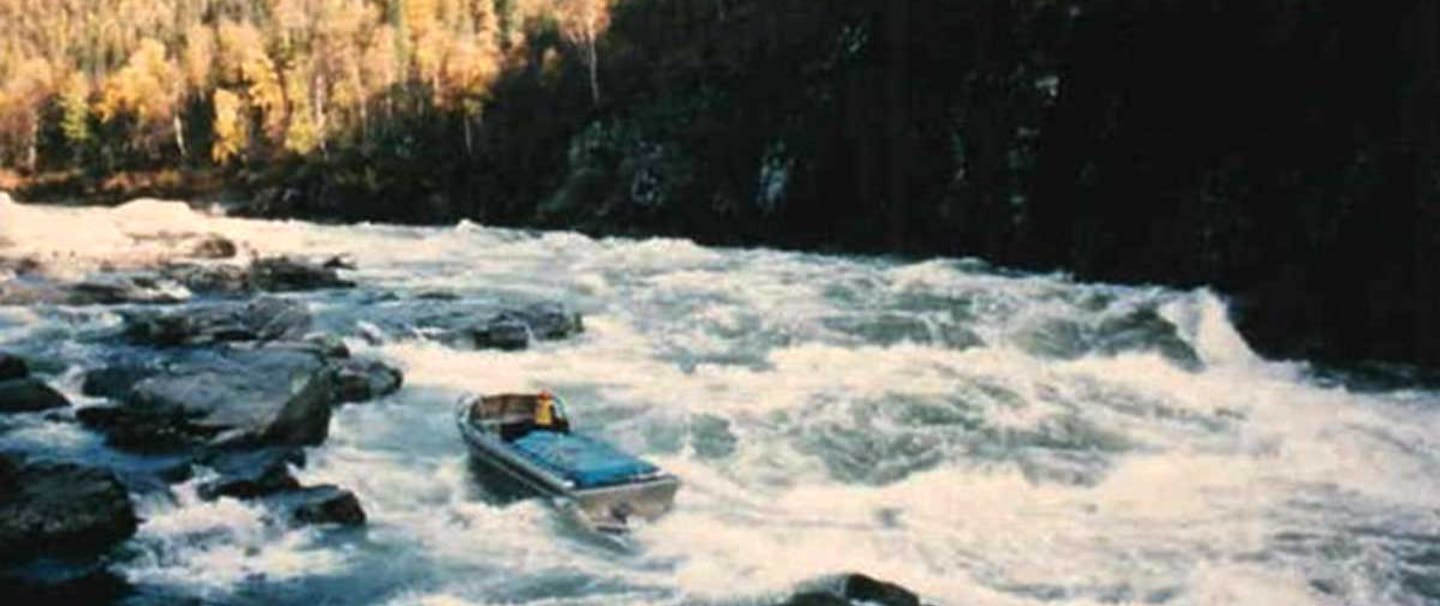“THE MOST EPIC 24 HOURS OF MY LIFE THAT I CAN THINK OF WAS IN 2014 ON THE IDITAROD TRAIL,” KRISTY BERINGTON DECLARES FROM THE HOME SHE SHARES WITH HER TWIN SISTER, ANNA, IN KNIK, ALASKA. IT WAS HARDER THAN ANY BASIC TRAINING IN THE NATIONAL GUARD, WHICH THE SISTERS JOINED RIGHT AFTER HIGH SCHOOL, HARDER THAN THE MOST RUGGED OF THE ULTRAMARATHONS AND TRIATHLONS THE 36-YEAR-OLDS COMPLETE TOGETHER IN THE SUMMER.
On that day in 2014, Kristy and Anna climbed onto their sleds and urged their dog teams out of the Rainy Pass checkpoint, 150 miles into the thousand-mile race. Even in perfect conditions, Alaska’s Iditarod is notorious as the most extreme adventure known to humans, covering some of the roughest, most beautiful terrain on earth. “More people have summited Everest than completed the Iditarod Race. That’s how hard it is,” race founder Howard Farley has famously said. The 72 miles from Rainy Pass to Rohn is notoriously difficult in its own right as a downhill ski run, with ice bridge crossings into a gorge carved into the side of a mountain.
Far from perfect conditions, 2014 was one of the driest winters in recent memory. The steep frozen slope into Dalzell Gorge was pocked with boulders and stumps usually covered in snow. Dust hung in the air instead of snowflakes, dehydrating dogs and mushers both. The brakes on a sled only work well in snow, Anna explains, and Kristy’s had already been giving her trouble at the top of the run. Out of control, she crashed more times than she could count into the hard ground. By the time another musher reached her to ask if anyone had died on this stretch yet, her clothes were drenched in sweat from unhooking and rehooking the dog team, her hands ached from white-knuckling the terrifying downhill, and she’d lost time for a wrong turn.

“Nothing else matters ... It all boils down to this moment with your team in front of you, and you get lost in it.”
When she and Anna finally pulled into Rohn, where most mushers usually just check in and keep going, there was little room to even bed down the dogs between all the exhausted teams. “That year, Rohn was so littered with mushers, you couldn’t even find a spot to park,” says Kristy. “There were broken sleds, broken bones, broken dreams. People were afraid to carry on —the rough trail only got worse.”
Beyond lay the matchstick trees, wind-scoured dirt and Volkswagen-sized burn holes in the tundra from the vicious fire that ripped through the Buffalo Tunnels years before; glare ice across Norton Bay; the crevasses of a glacier climb; and every other obstacle the unpredictable Alaskan wilderness could toss in their path over the next 850 miles.
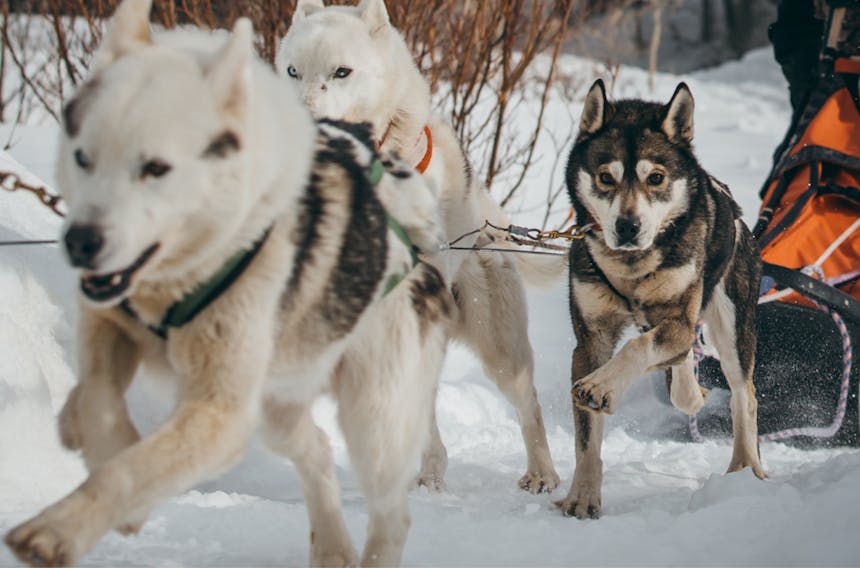
“More people have summited Everest than completed the Iditarod Race. That’s how hard it is,”
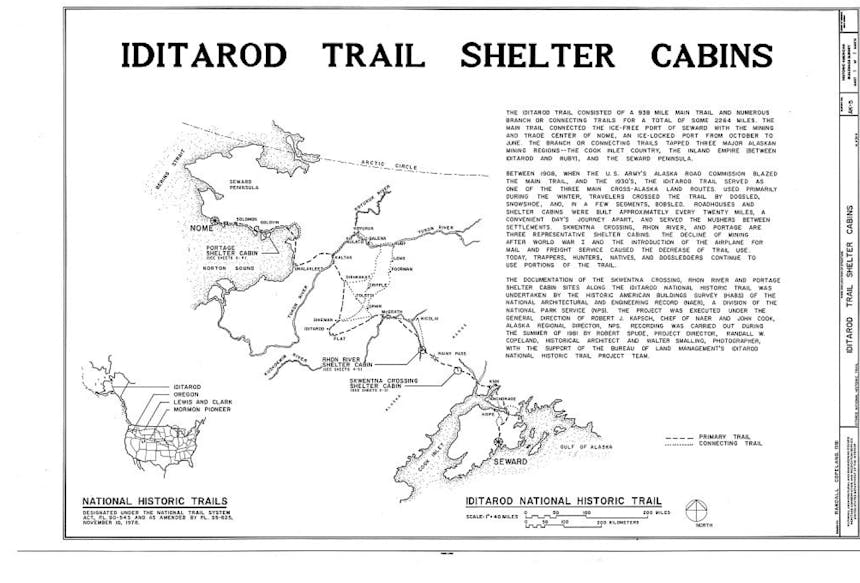
All this and still, the twins will never quit sled dog racing. In fact, they define their lives by it.
“It’s something you almost can’t explain,” says Kristy. “Being out there in the middle of nowhere, traveling like that, with these dogs you’ve raised from puppies and trained and watched them mature and learn…”
“Nothing else matters,” Anna finishes. “It all boils down to this moment with your team in front of you, and you get lost in it.”
“There were broken sleds, broken bones, broken dreams. People were afraid to carry on —the rough trail only got worse.”
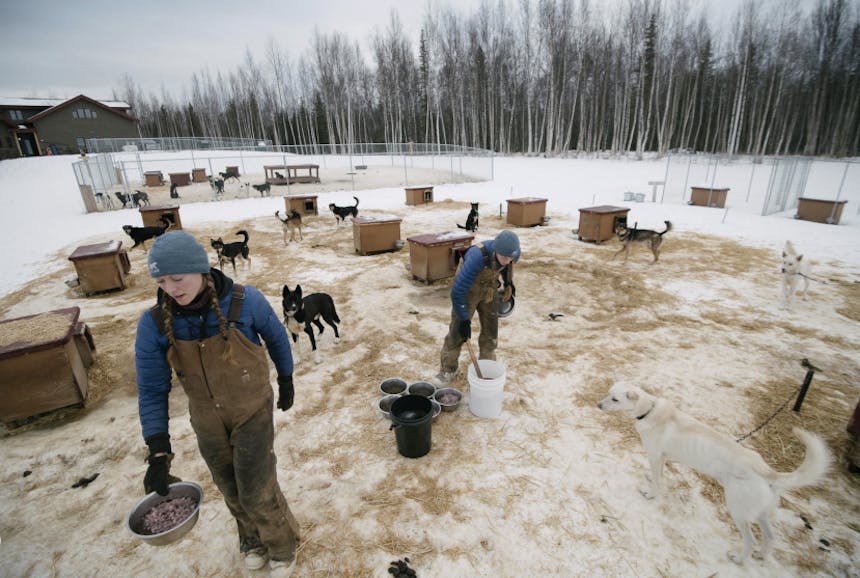
Anna and Kristy grew up in north Wisconsin, helping out with a neighbor’s sled dogs and running sprint races with the teams by the time they were 10 years old. Forgoing college in search of a better fit, the twins took up seasonal work in California’s Sierra Nevada riding horses in summer and working with sled dog tour operators in winter. On a trip with her boss to Alaska to purchase new dogs, Kristy met 1984 Iditarod champion Dean Osmar, who invited her to manage his sled dogs on the Kenai peninsula.
“I told him it was a buy one, get one deal, since I come with a twin,” Kristy jokes. The sisters threw what they had on their backs, moved to Alaska, and haven’t looked back since.
In the beginning of their Iditarod careers (Kristy ran her first in 2010, Anna followed in 2012, and they’ve been racing side by side ever since), the young twins stood out as an anomaly in the rugged, male-dominated world of sled dog racing. They recall gossip about being nothing more than pretty faces, and one particular comment from Kristy’s first race: Barbie ain’t gonna make it past McGrath. “I finished that race,” she says. “I put in all the time and the work, why assume I won’t finish because of the way I look?”
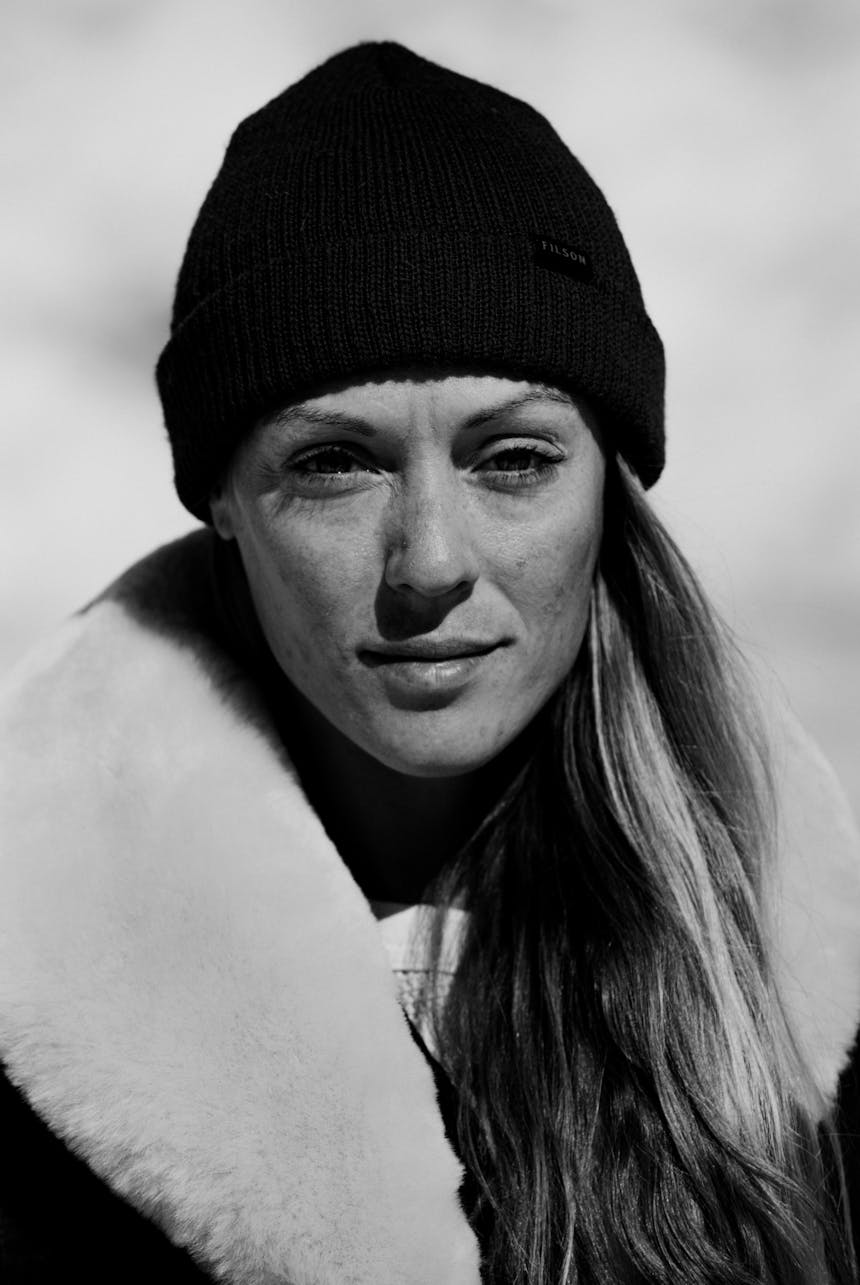
They don’t get those kinds of reactions much anymore, says Anna. “We’ve been in it for over a decade now, and we’re well respected because we’re committed.”
Sled dog racing is more than a sport; it’s a way of life that requires one hundred percent commitment and more than a few survival and backcountry skills. The twins have taught themselves carpentry in building dog boxes and fixing the things that always seem to break, how to butcher livestock to feed the dogs, how to hunt and fish and cut and stockpile wood and food for winter.
“And then on the trail with your team, you’re a coach, a nutritionist, a doctor, a parent to all these dogs,” says Kristy. “It takes years to develop these skills, you have to practice like any sport. It’s just that our playing field is a thousand miles long and can change by the minute.”
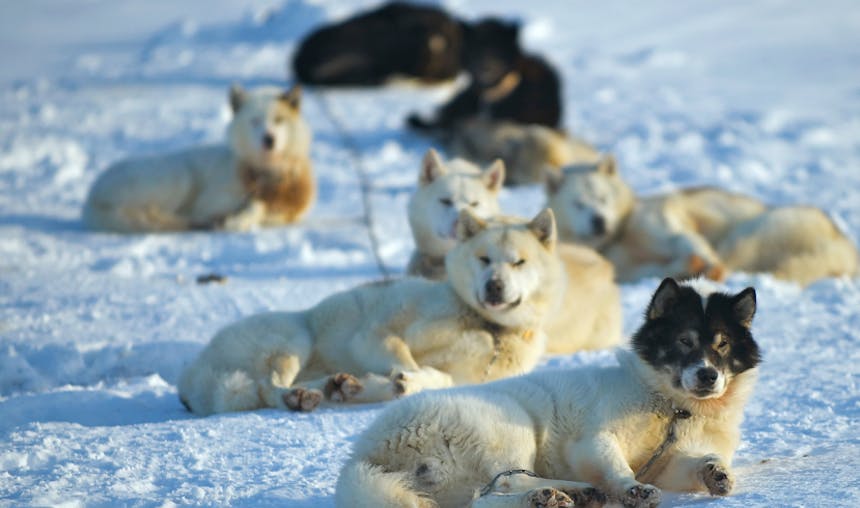
The twins are already signed up for the 2021 Iditarod, which will go forward regardless of COVID-19—sled dog racing is naturally a socially distanced sport, the twins joke. They came in 16th and 17th last year, and aim to be more competitive this time around. And competition or not, what they’re really in it for, if you read between the lines, is the deep Alaskan adventure.
“People work so hard to be comfortable,” Anna says, “but do you remember how comfortable your bed was last night? We have so many stories like Rainy Pass to Rohn. It’s beyond being comfortable—it’s about going out and to challenge yourself and explore.”

